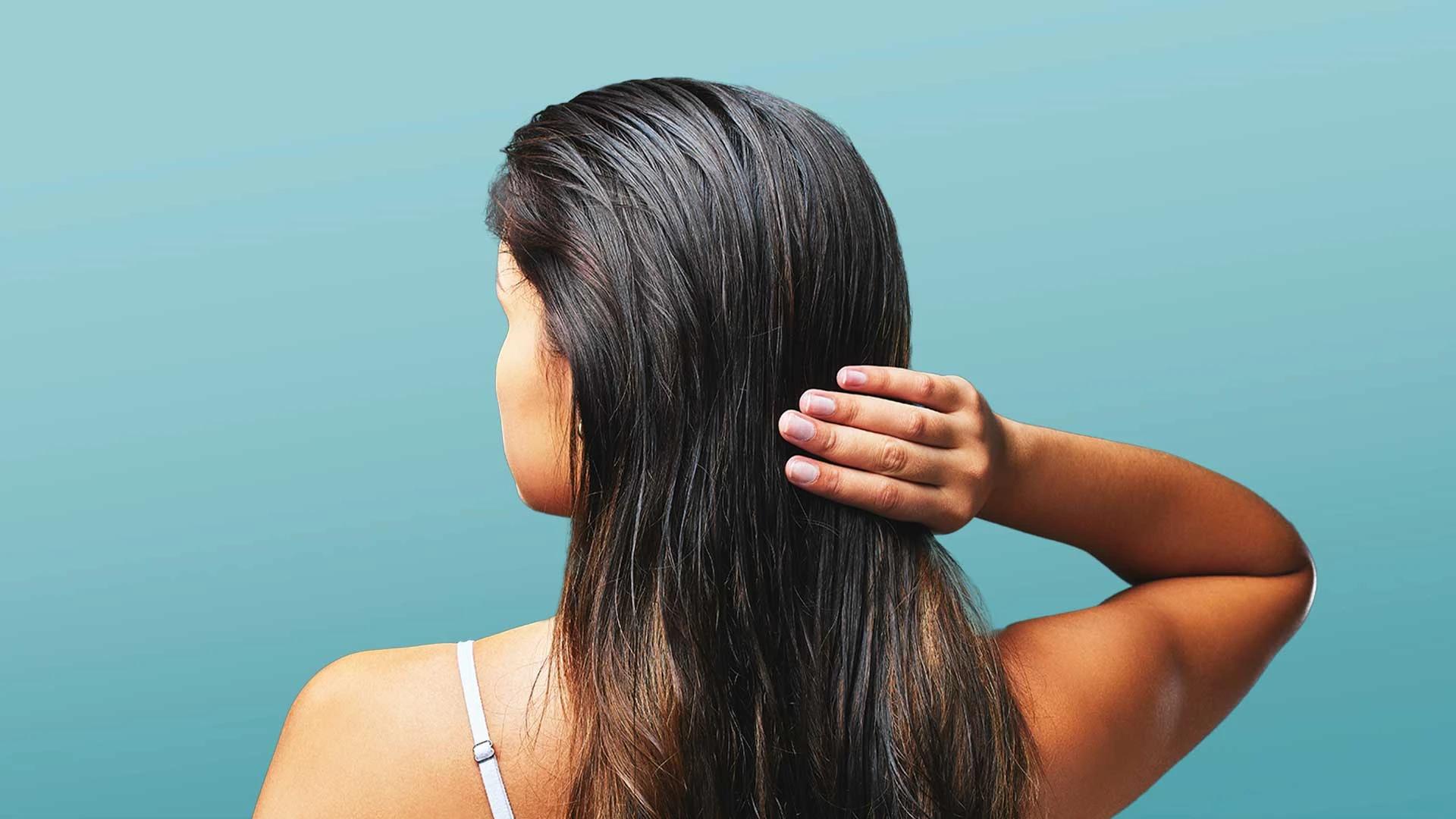Heat protection is non-negotiable—seriously, never skip this step. A good heat protectant creates a barrier between your hair and the hot air, preventing damage and keeping your strands healthy. Leave-in conditioners add moisture and make your hair more manageable, whilst volumizing sprays can give fine hair that extra body it craves.
Mastering Basic Blow Drying Techniques
Once you've got your prep sorted, it's time to get into the actual drying techniques. The fundamentals aren't rocket science, but they do require a bit of practice to get right. Think of these as your building blocks—master these, and you can create pretty much any style you want.
The key to good blow drying is all about airflow direction and heat control. You want to work with your hair's natural growth pattern, not against it.
The Rough Dry Method
This is your go-to for speed. Use your fingers to lift sections of hair whilst directing the airflow from roots to ends. Keep the dryer moving constantly—never focus heat on one spot for too long. This method gets about 80% of the moisture out quickly, leaving you ready for more precise styling. It's perfect when you're in a rush but still want your hair to look put-together.
Sectioning for Precision
For more polished results, divide your hair into manageable sections using clips. Start with the bottom layers and work your way up. Smaller sections mean more control and better results, especially if you're going for smooth, straight styles. A round brush becomes your best mate here—wrap each section around it whilst following with your blow dryer for that professional finish.
Advanced Blow Drying Techniques
Ready to level up your skills? These techniques take a bit more practice but deliver results that'll have people asking where you got your hair done. The secret is in understanding how heat and tension work together to reshape your hair.
Advanced techniques are all about precision and timing. You're not just drying your hair—you're sculpting it.
Creating Volume
For volume that lasts, it's all about lifting the roots whilst they're drying. Use a round brush to lift sections straight up from your scalp, then blast with heat whilst maintaining that tension. A volumizing attachment concentrates airflow exactly where you need it. The trick is to let each section cool completely before releasing the tension—this sets the shape.
Smoothing and Straightening
For sleek, straight styles, tension is everything. Pull each section taut with your brush whilst following closely with the dryer, keeping the airflow directed down the hair shaft. This is where ionic technology really shines—it helps smooth the cuticle for that glossy finish. Keep the heat moving to avoid damage, and always finish with a blast of cool air to seal everything in place.
Curling with a Blow Dryer
Yes, you can create gorgeous waves with just your hair dryer and a round brush. Wrap sections around the brush, apply heat whilst slowly rotating, then let cool before releasing. For natural curls, a diffuser

 496 gm
496 gm